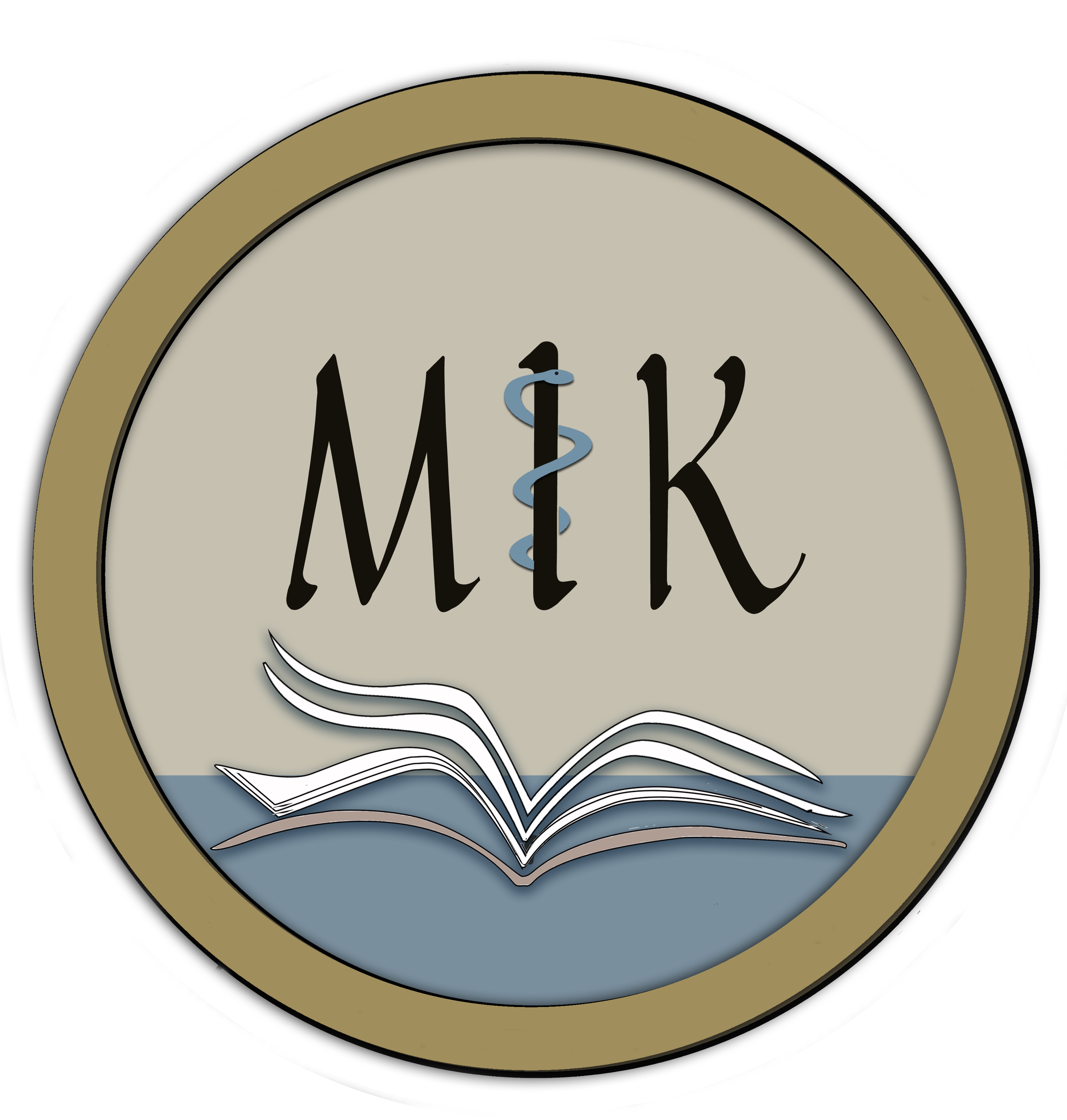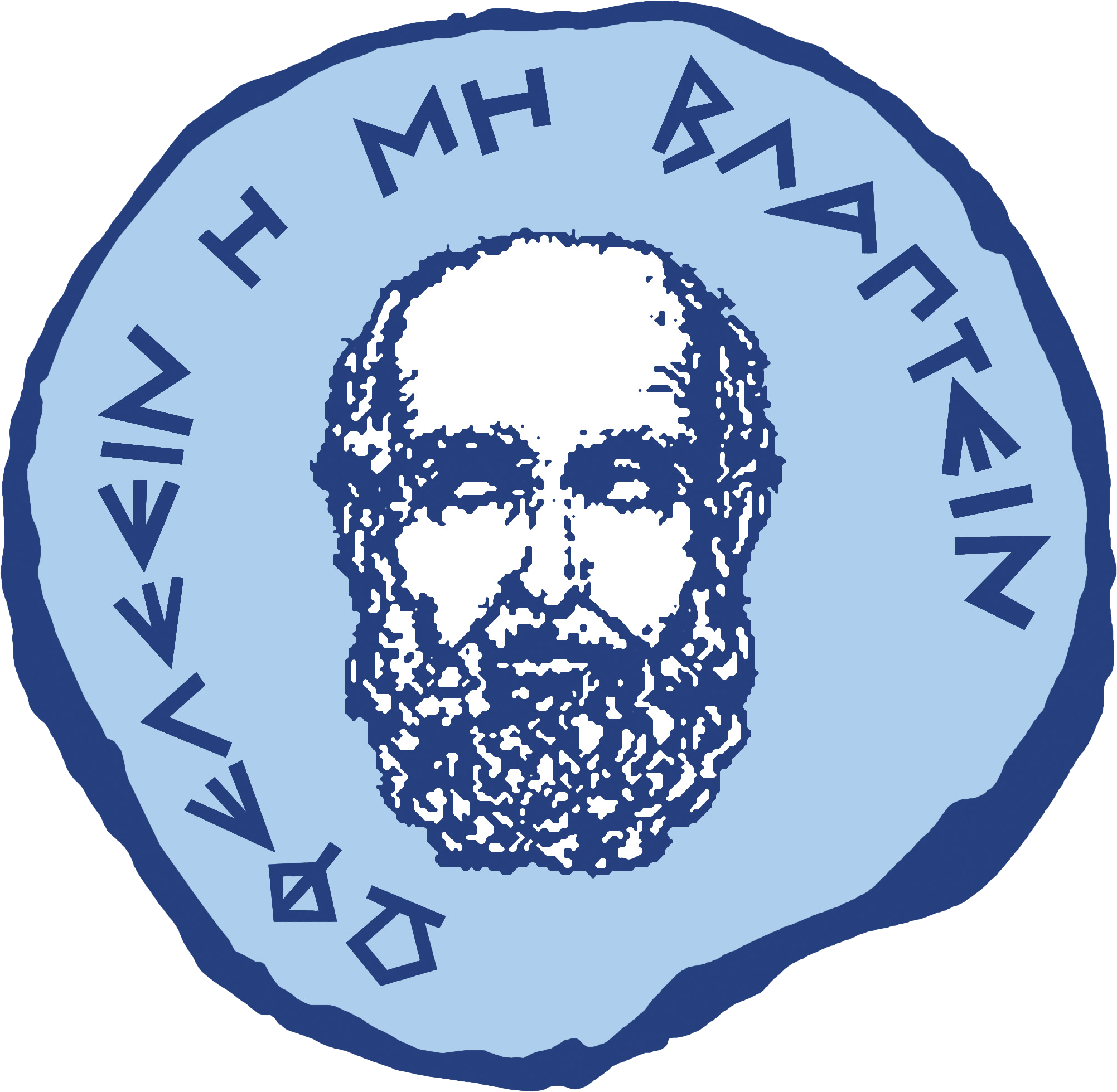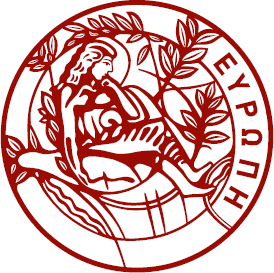Exhibits
Ανακοινώσεις
26/10/2021
Πλούσια συζήτηση στο Σεμινάριο "Ψυχική Υγεία και Κοινωνία"
27/05/2021
Ψυχολογικές Επιπτώσεις της παρατεταμένης πανδημίας σε παιδιά και εφήβους
23/04/2021
Νέα ιστοσελίδα του ΜΙΚ
23/02/2021
Κύκλος σεμιναρίων ΜΙΚ - ΚΕΜΕ
01/02/2021
Το υγειονομικό υλικό από το Λεπροκομείο της Σπιναλόγκας
περισσότερες ανακοινώσεις
Πλούσια συζήτηση στο Σεμινάριο "Ψυχική Υγεία και Κοινωνία"
27/05/2021
Ψυχολογικές Επιπτώσεις της παρατεταμένης πανδημίας σε παιδιά και εφήβους
23/04/2021
Νέα ιστοσελίδα του ΜΙΚ
23/02/2021
Κύκλος σεμιναρίων ΜΙΚ - ΚΕΜΕ
01/02/2021
Το υγειονομικό υλικό από το Λεπροκομείο της Σπιναλόγκας

2810 39 4810
museummed@med.uoc.gr
10:00 - 14:00 daily
University of Crete
2208 ΤΚ 71003
Voutes, Heraklion Crete, GR



